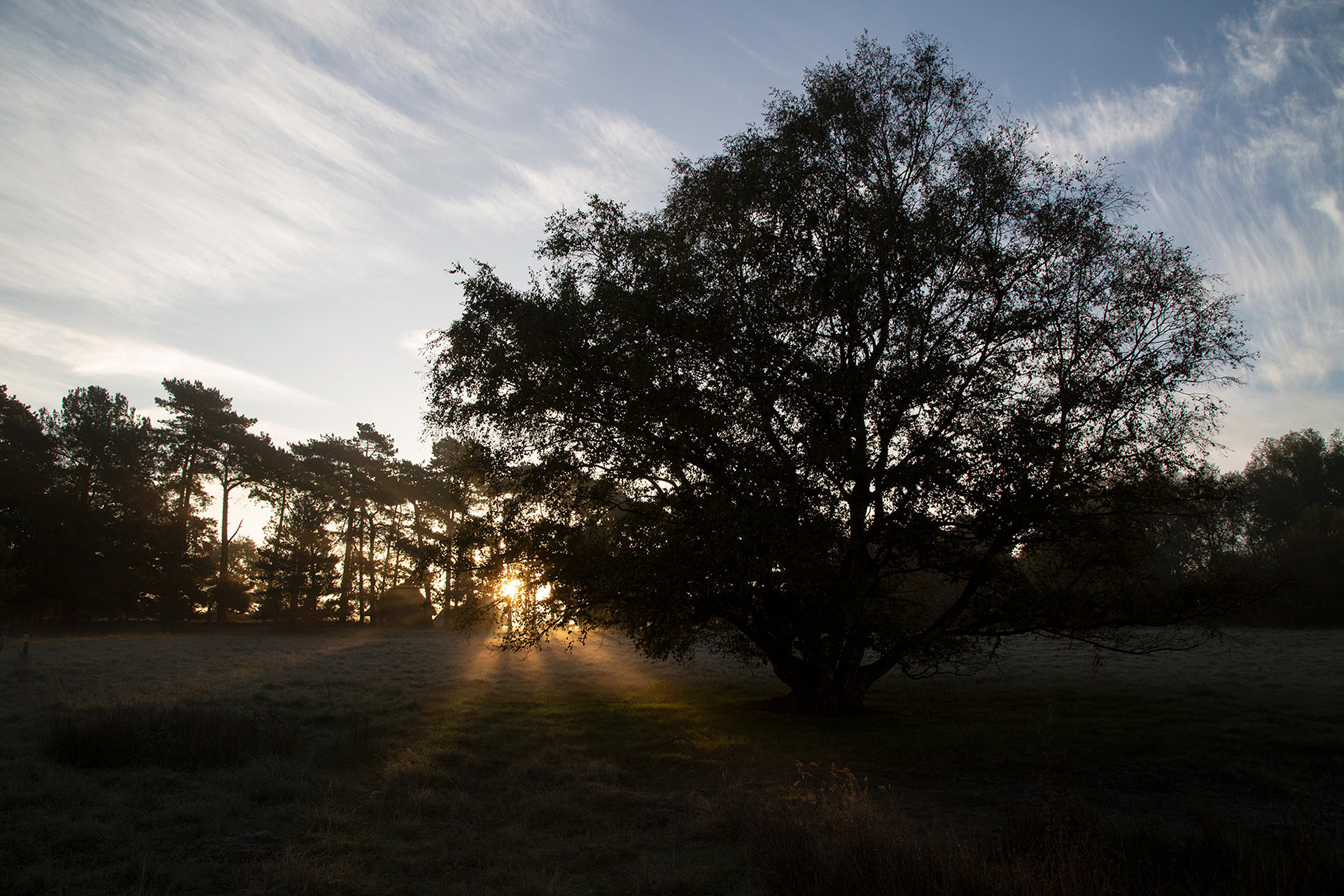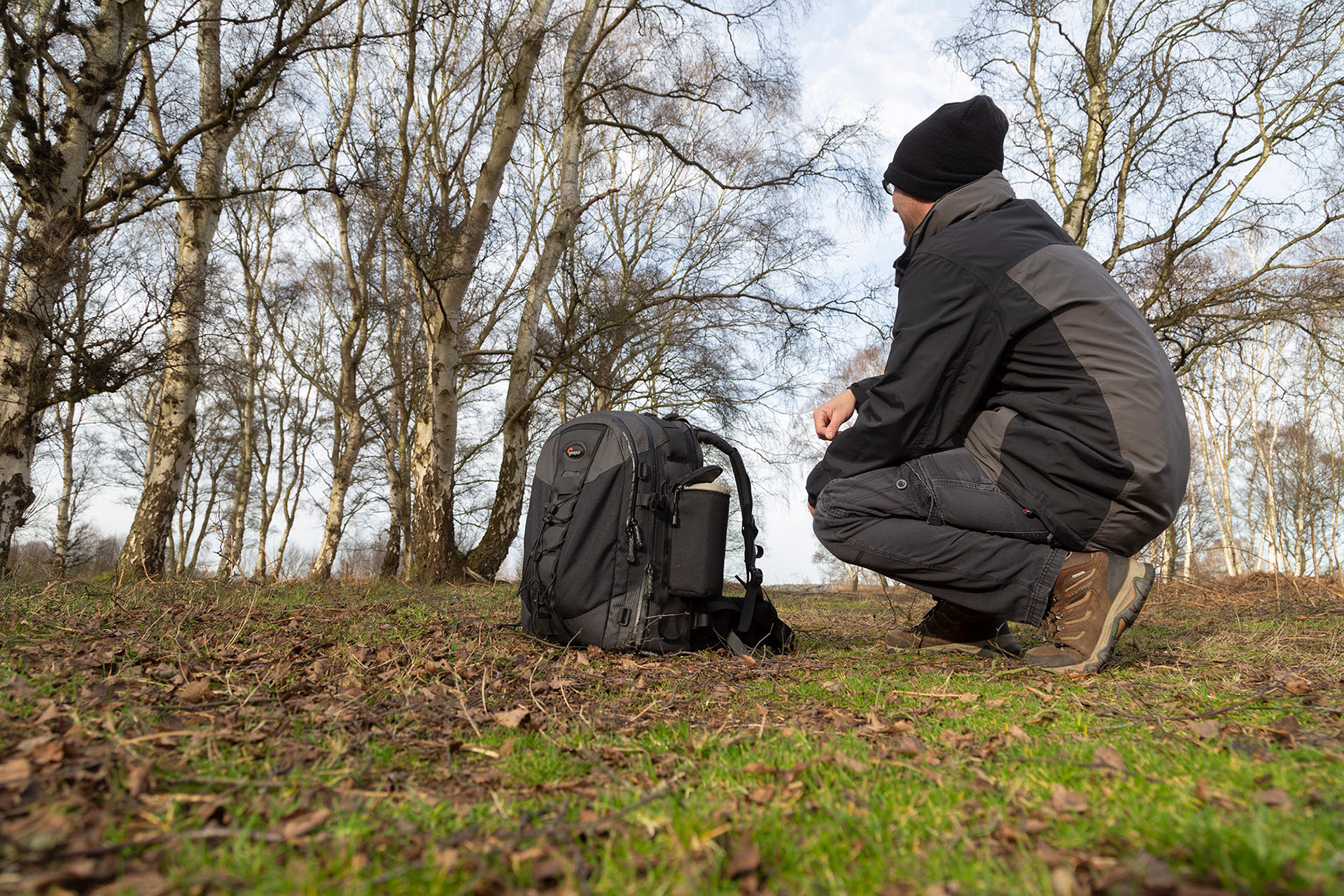Modern life is ludicrous; not enough hours in the day, finding time to dedicate to landscape photography can be tricky. Coinciding available time with some decent and interesting weather can often prove elusive.
When all the elements fit and you arrive at a location it’s very easy to get carried away and start taking photos as soon as you get there. You’ll often find that out of, say, ten photos you take, it’s usually the last couple of images that are by far the best.
How often have you set up your tripod before getting your camera out of the bag? I used to be guilty of this myself, and I always set it up at head height. A nice comfortable, civilised height to work at. I would then often think that I could do with the camera at a different height, but after the hassle of adjusting the tripod I’d decide ‘actually I’ll leave it where it is’ to the detriment of the final image.
Hands up, who’s has been out, taken lots of shots only to see, when you get home and look at them on the computer, something you simply didn’t see when you were taking the photos? We’ve all done it. Random branches encroaching into the edge of the image, the annoying litter bin, a random sign.
Whenever I’m asked for tips regarding landscape photography, the first thing I say is to slow down, really slow down. When you get to a location, before you even take your camera out of the bag there are so many things to think about.
Stop and stand still.
Start to take in the scene in front of you. Scan your eyes across the landscape and look carefully for anything that grabs your attention. It could be anything from: a bright highlight on an object, an interesting tree, a fence line, to a reflection. Whatever it is that attracts your eye will ultimately draw the eye of the person looking at your final image. I always then try to base my composition around one of these attention grabbing points of interest. If you ignore them, you can guarantee when you look at your photo later you will look at one of these points first. Ignoring these eye-catching things can make it quite confusing when somebody looks at your photo.
When I find that illusive object in my scene that I’m going to work around I then work to find the best way to capture it and integrate it into the shot to create a complimentary flow around the image. A rock at the edge of a Scottish loch for example will often look superb photographed from a low angle. I often joke that if you return home without muddy and wet knees you haven’t been trying hard enough as you haven’t explored all the compositional possibilities.
I still shoot the majority of my landscapes on medium format film, so I get 12 shots on a roll of film so when you add in the cost of the film, developing the film and printing the image, you can comfortably be looking at £10+ per shot. This really makes you stop and think before you press the shutter release. I’ve had many occasions where I’ve been out, arrived home, for my wife to ask how I’d gotten on and did I get any good shots. My reply had frequently been ‘I didn’t actually take any photos’. If for whatever reason the light has been ‘wrong’ or the shot I’d gone for simply wasn’t working I’d rather walk away and return than take the photo for the sake of taking it.
There are so many questions to ask before you take the photo. Which lens should I use? Do I need filters? What shutter speed do I want? What aperture to go for to get the desired depth of field? And more importantly, how should I compose the shot?
As I said, before I even get my camera out of the bag I will stand still and look at the landscape in front of me. I will then start to create my composition by moving around to see how things interact with each other; ‘can I get those two trees which are overlapping to separate?’ or ‘does it look better if I crouch down to get the fence line above the horizon?’.
I hold my hands up and admit I look like a complete idiot when I’m composing a photo. To somebody watching me I am basically doing a very slow ridiculous dance with squatting and slight movements to each side with a tiptoe or crouch added for good measure.
Once I’ve set up my shot, I always pause before taking it and have a final look round the viewfinder. It’s alarmingly easy to miss something at the edge of the shot as you’re concentrating on your focal point.
The upshot is that I have a very good idea of my camera position. I’ll then look through the viewfinder to check the lens selection is working and finally set my tripod up. I may still tweak it a bit, but I’ve bypassed the ten shots I probably would have taken, which would never have seen the light of day again.
Next time you go somewhere have a go at the ‘one shot challenge’. I often set this challenge to people on my workshops when we arrive at a location, and everybody is full of enthusiasm to start shooting straight away. ‘You’re only allowed to take one photo.’ You can take a second shot from exactly the same spot if you need to adjust the exposure but that’s it. It really makes you think of many different compositional possibilities before you commit to pressing the shutter release. Suddenly everybody stops and stands still. You can see the thought process starting. Then before you know it they’re all partaking in my little composition dance.


